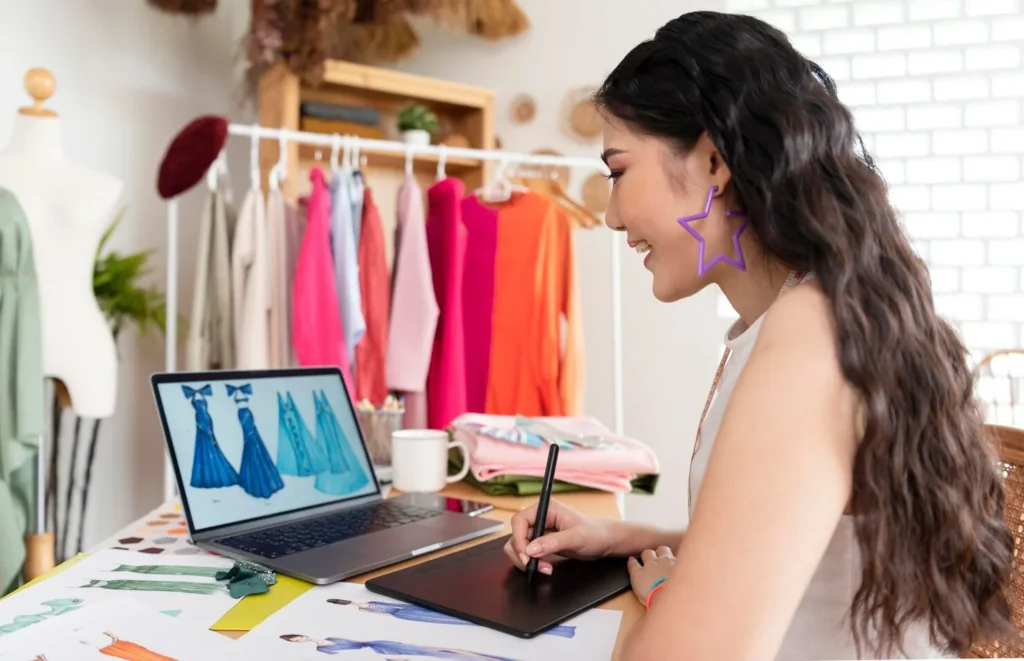Table of Contents
- Introduction to Visual Merchandising
- The Importance of Visual Merchandising
- Key Elements of Effective Visual Merchandising
- The Psychology Behind Visual Merchandising
- Implementing Visual Merchandising Strategies
- Measuring Success in Visual Merchandising
- Common Mistakes to Avoid
- Final Thoughts
Introduction to Visual Merchandising
Visual merchandising is the art of presenting products in a retail space to attract and engage customers, enhancing their shopping experience. This practice is essential for any thriving retail environment, offering a way to showcase items effectively and boost sales. For retailers looking to enhance retail space, engaging with experts in visual merchandising in Houston or other regions and understanding the basics and advanced strategies is crucial.
Retailers can significantly influence purchasing behavior by strategically planning the layout, displays, and aesthetics. Effective visual merchandising can transform a simple store visit into an immersive shopping journey, leaving a lasting impression on customers.
The Importance of Visual Merchandising
Effective visual merchandising drives sales and reinforces a brand’s image. It can transform a simple store visit into an immersive shopping journey. According to a National Retail Federation report, well-executed visual merchandising can increase store traffic and boost sales by up to 20%.
Creating attractive displays that engage customers can tell your brand’s story and highlight your products’ unique qualities, making your store stand out in the competitive retail landscape. Visual merchandisings also provides an excellent opportunity to emphasize seasonal trends and special promotions, which can create a sense of urgency and encourage impulse buying.
Key Elements of Effective Visual Merchandising
Window Displays
The first impression customers have of your store is through window displays. Make them compelling and reflective of your brand. These displays should be dynamic and regularly updated to capture and maintain interest. Effective window displays can entice passersby to enter, creating a powerful opportunity to convert foot traffic into sales.
Store Layout
A logical and aesthetically pleasing store layout guides customers through your space, encouraging them to explore more products. Design your layout to enhance the shopping flow and reduce congestion. The layout should create a natural pathway that leads customers through the store, allowing them to discover various sections seamlessly.
Product Grouping
Arranging products by themes or use makes it easier for customers to find what they need. Grouping similar items can inspire additional purchases, as customers can easily see complementary products. This method also helps in storytelling, where you can anchor products around a central theme, occasion, or season, making it easier for customers to visualize how the items fit into their lives.
Lighting
Using lighting effectively can create an inviting atmosphere and highlight key products and areas. Good lighting not only improves visibility but also enhances the overall mood of the store. Different lighting techniques, like spotlights and ambient lighting, can create focal points and set the desired tone of the space.
Signage
Informational and directional signs are essential for aiding customer navigation. Clear, concise signage helps customers find what they’re looking for quickly and efficiently, improving their shopping experience. Signs should also be brand-consistent in typography, color, and style to reinforce your store’s identity.
The Psychology Behind Visual Merchandising
Visual merchandising taps into consumers’ psychology. For instance, color psychology can evoke specific emotions and actions. Warm colors like red and orange can create urgency, while cool colors like blue can be calming and inviting.
Additionally, the strategic placement of products at eye level can increase the likelihood of purchase, known as the “eye-level is buy-level” concept. Understanding these psychological principles allows retailers to design their spaces to encourage purchasing behavior. Retailers can create a more engaging shopping environment by considering aspects such as spatial arrangement, sensory elements, and customer interaction.
Implementing Visual Merchandising Strategies
To start, consider your target audience. What appeals to them visually? Create a theme or story for your displays and change them regularly to keep the shopping experience fresh and exciting. Seasonal trends and events can provide timely boosts in customer engagement and sales. A Retail Dive article highlights how holiday-themed displays can draw in more foot traffic.
Integrating interactive elements in your displays, like touchscreens or product demos, can also benefit your business by engaging customers more deeply and providing them with a hands-on experience. Incorporating social media elements, such as hashtags or photo-op spots, can encourage customers to share their experiences, providing organic promotion for your store.
Measuring Success in Visual Merchandising
It’s crucial to measure the effectiveness of your visual merchandising efforts. Track metrics such as sales data, customer feedback, and foot traffic to evaluate the impact. Tools like heat maps can show which areas of your store receive the most attention, helping you optimize your layouts and displays.
Regularly analyzing these metrics allows you to adjust your strategies and continuously improve your customers’ shopping experience. Consider using offline and online feedback forms to gain insights directly from your customer base, ensuring your visual merchandisings aligns with their preferences.
Common Mistakes to Avoid
- Overcrowding Displays: Avoid cluttering your displays with too many products, which can overwhelm customers. Simplicity often leads to better clarity and focus.
- Ignoring Branding: Ensure your visual merchandising aligns with your brand’s message and identity. Consistency in branding across all displays reinforces your store’s identity.
- Neglecting Maintenance: Regularly update and maintain your displays to keep them looking fresh and relevant. This includes cleaning, rearranging, and replacing outdated materials.
By avoiding these common mistakes, you can create a more inviting and efficient retail space that meets your customers’ needs and expectations.
Final Thoughts
In conclusion, mastering visual merchandising can significantly enhance the retail experience, driving customer satisfaction and sales. By understanding and implementing key strategies and regularly measuring their success, retailers can stay ahead of the competition and create an inviting and productive shopping environment.
With thoughtful planning and a keen eye for evolving trends, visual merchandisings can become one of the most effective tools in your retail strategy toolkit, ensuring a memorable and profitable shopping experience for all customers.







